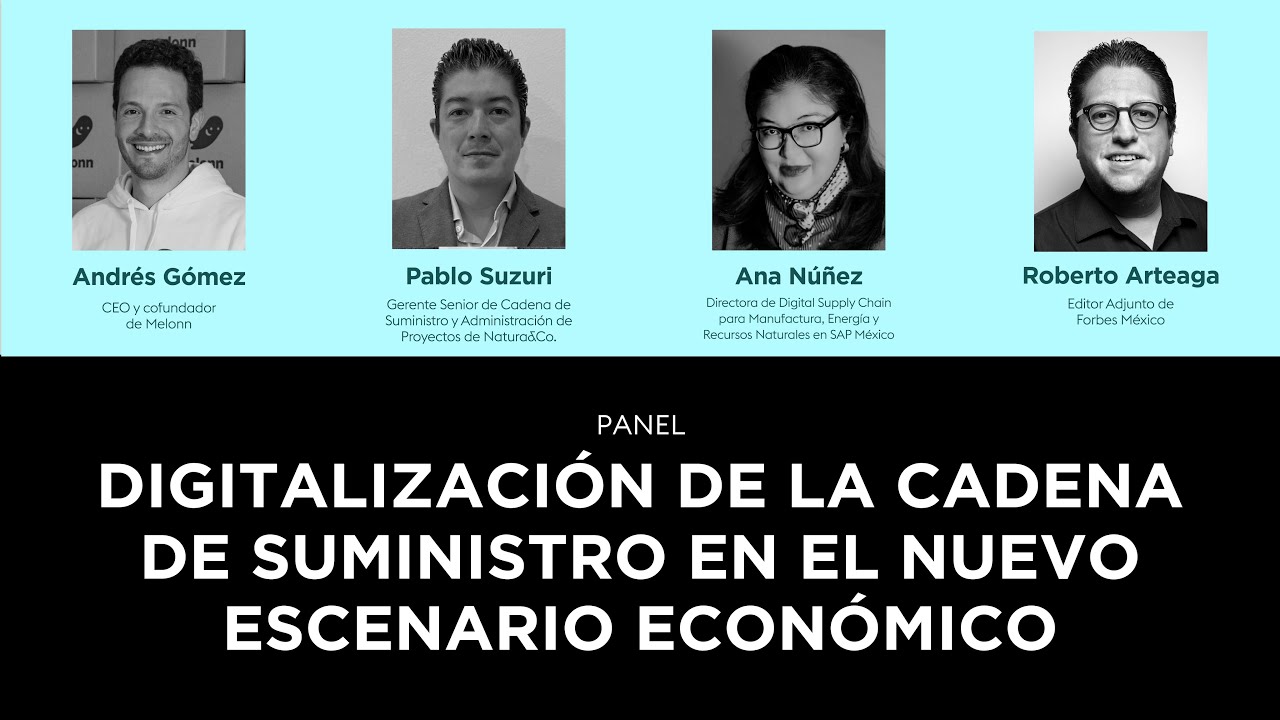The Supply Chain Sustainability Forum at Sustainability Live 2023
Summary
TLDR在这段视频脚本中,讨论了供应链可持续性的重要性,并探讨了企业如何确保其供应商达到适当的标准。讨论涵盖了技术选项、数据收集、供应商参与和教育等方面。嘉宾们分享了他们公司在供应链可持续性方面的经验和挑战,包括如何通过数字工具监控性能、如何与供应商合作以及如何通过教育和培训提高内部和供应链的理解。此外,还讨论了碳抵消和碳移除在解决范围三排放问题中的作用,以及政府在支持中小企业可持续性转型中的作用。整个讨论强调了跨行业合作、教育、创新解决方案和战略规划在实现供应链可持续性中的重要性。
Takeaways
- 📈 **供应链可持续性**:公司需要确保供应商达到一定的标准,这不仅是挑战也是责任,尤其是在供应链较长的情况下。
- 🌐 **技术应用**:技术工具可以帮助公司收集信息、监控进度,并与供应商进行有效沟通,但技术不是万能的,需要与供应商的实际行动相结合。
- 📚 **教育与培训**:提升公司内部及供应链中相关人员的知识、理解和教育是实现可持续供应链的关键。
- 🔍 **风险管理**:识别和理解供应链中的气候风险对于确保供应的稳定性至关重要。
- 💡 **创新解决方案**:在处理难以减少的排放时,碳移除和碳补偿可以发挥作用,但需要更多的审查和正确的应用。
- 🔄 **循环经济**:通过更好的循环性实践,如改进产品设计、减少包装,可以有效地推动可持续性目标的实现。
- 🤝 **行业合作**:行业间的合作可以加速减碳进程,共享供应商信息,并提高整个行业的可持续性标准。
- 📉 **成本与价值**:在采购过程中,需要平衡成本节约和减少碳排放的关系,考虑长期的业务价值而不仅仅是短期成本。
- 📊 **监测与评估**:使用数字工具监测供应商的表现是确保他们达到预期标准的关键部分。
- 🌱 **供应商支持**:对于成熟度不同的供应商,公司应采取不同的支持措施,包括资金支持和知识共享。
- ⚖️ **合规性与合作**:在推动可持续性议程时,需要考虑反垄断法规,确保合作的合法性。
Q & A
如何确保供应链中的供应商达到正确的标准?
-公司可以通过设定最低标准、政策,并超过立法要求来设定基准和期望。通过数据收集、与供应商的持续沟通以及与尚未在可持续性轨迹上的供应商启动对话是关键。
了解供应链的范围和连接是挑战的第一步,那么如何进行有效的供应链映射?
-通过数字工具收集信息,并与供应商进行接触和沟通。理解你的一级供应商相对容易,但了解二级、三级甚至更深层次的供应商则更具挑战性。
在供应链中,如何整合供应商并确保材料的可持续性?
-通过与供应商的沟通和整合,确保材料的可持续性。例如,将可持续性作为招标和询价的要求之一,以及在合同和业务审查会议中嵌入可持续性标准。
Schneider Electric如何确保其供应链的可持续性?
-Schneider Electric与其前1000名供应商合作,这些供应商代表了超过90%的公司排放量。公司还设定了减少范围三排放的目标,并使用数字工具来基线化、监测和跟踪进展。
如何最好地监控和确保供应商达到设定的标准?
-使用数字工具和服务,如Schneider Electric的zygo品牌下的一系列服务,不仅帮助公司进行基线化和理解,还提供能源现场审核,帮助公司看到他们的进展并设定路线图和目标。
在促进可持续供应链和实现目标时,公司可能面临哪些挑战?
-教育和理解是最大的挑战,因为可持续性领域在最近几年迅速变化,而组织内部的知识并没有同样快速地转移。此外,成本也是一个挑战,需要教育人们从整体业务的角度而不仅仅是采购的角度来看待成本。
如何通过教育和培训提高供应链中的知识水平?
-通过举办教育会议和研讨会,提供可持续性、气候变化和人权等方面的基础知识。此外,创建可持续性学院,提供便携式模块,让员工能够在移动中学习。
在采购过程中,如何平衡成本节约与减少碳排放的需求?
-在采购决策中,考虑长期的业务价值而不仅仅是短期的成本节约。例如,即使获得FSC认证的纸张成本更高,但从长期来看,它可能有助于避免销售损失。
碳移除和碳抵消在应对范围三排放中扮演什么角色?
-碳移除和碳抵消在处理难以减少的排放时发挥作用,但它们不是唯一的解决方案。需要更多的审查,以确保这些项目真正地提供了减碳效益。
政府如何支持小型企业在可持续性方面的变化?
-政府可以通过提供清晰的指导和支持,帮助小型企业理解并实施可持续性实践。此外,政府可以提供财政激励或补贴,以鼓励采用更可持续的做法。
循环经济在实现可持续性目标中扮演什么角色?
-循环经济是实现可持续性目标的关键支柱之一,它鼓励更有效地使用资源,减少浪费,并促进产品的再利用和回收。
Outlines

This section is available to paid users only. Please upgrade to access this part.
Upgrade NowMindmap

This section is available to paid users only. Please upgrade to access this part.
Upgrade NowKeywords

This section is available to paid users only. Please upgrade to access this part.
Upgrade NowHighlights

This section is available to paid users only. Please upgrade to access this part.
Upgrade NowTranscripts

This section is available to paid users only. Please upgrade to access this part.
Upgrade NowBrowse More Related Video

The Critical Role of Supply Chains in Business and Society

How Can Supply Chains Embrace Sustainability?

Supply Chain Leadership Across Africa: The Power of Local Solutions & Global Connections

Panel 3 | Digitalización de la cadena de suministro en el nuevo escenario económico

Supply Chain: Supplier Selection & Performance Management

Sustainable Procurement in Every Purchasing Decision - Kloopify
5.0 / 5 (0 votes)
